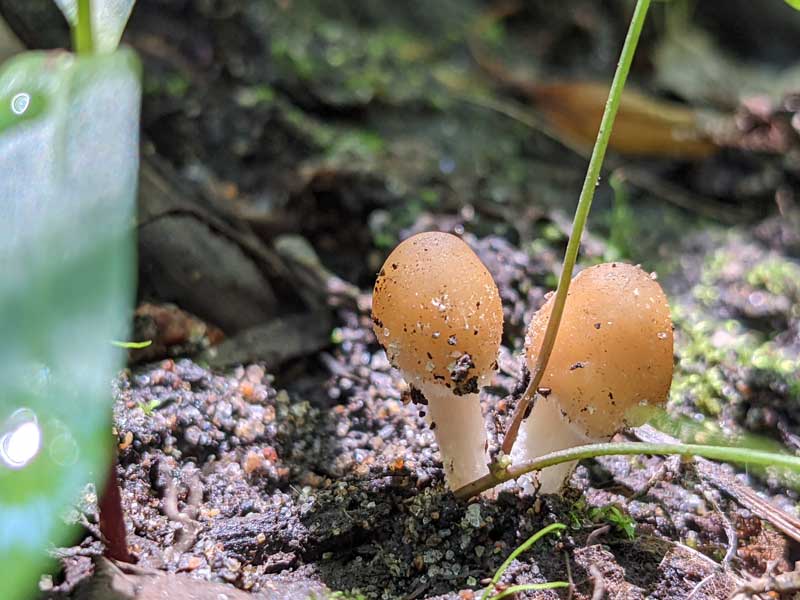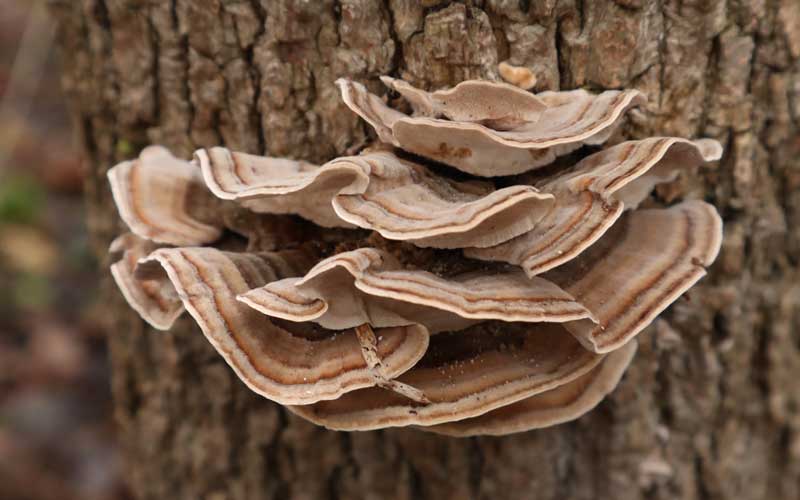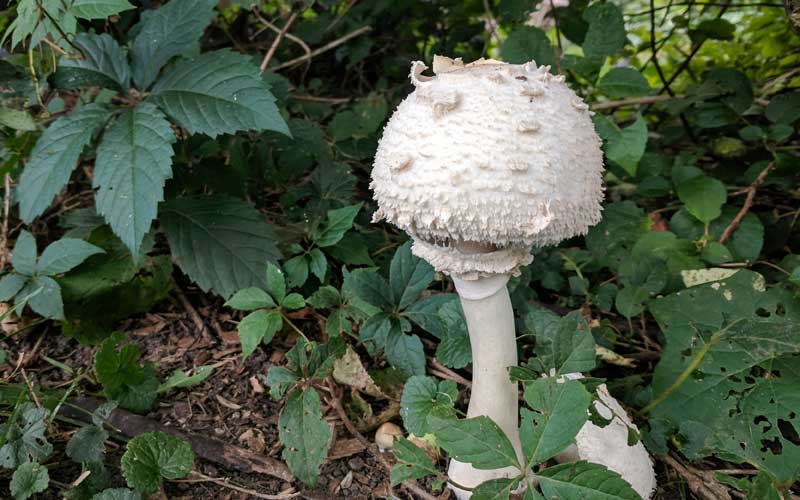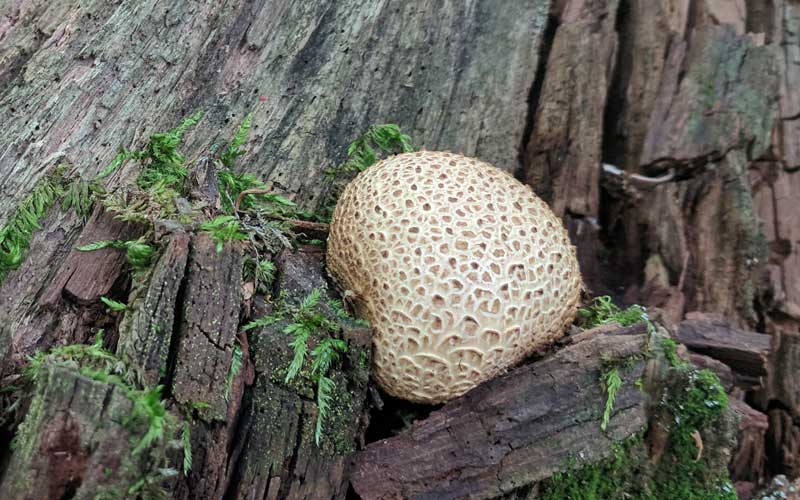- Home
- Mycelium Intro
- Mycelium Electronics
Using Mycelium to Make Electronics More Sustainable
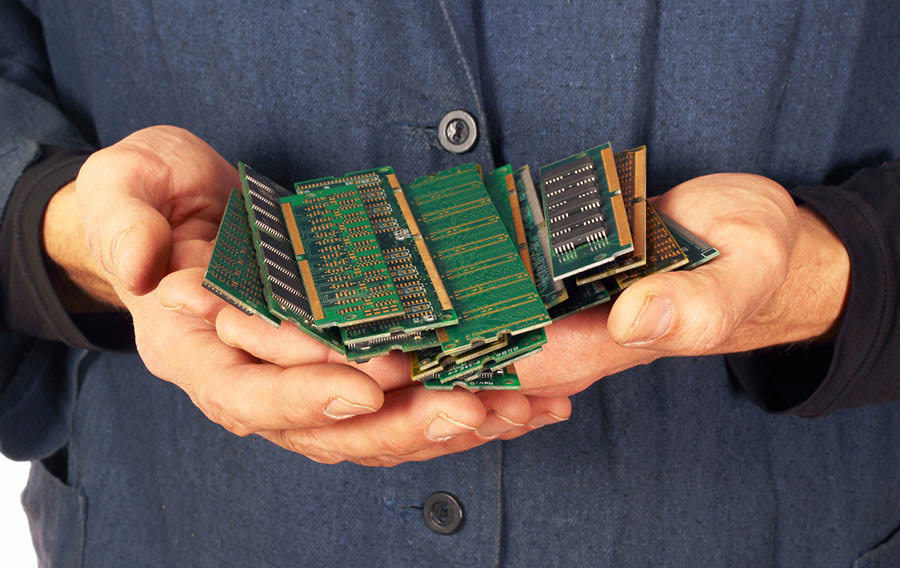
Imagine a world where the same organism that helps decompose organic matter in forests is also a key player in the next generation of electronic devices. Sounds like science fiction, right? But for mushroom enthusiasts, this is a fascinating reality unfolding right now.
Mycelium, the root-like structure of fungi, is not only essential for the environment but is also revolutionizing the tech industry in ways that align perfectly with the values of sustainability and eco-friendly innovation.
The Basics of Mycelium… Nature’s Hidden Network
To understand why mycelium is becoming such a hot topic in high tech, it helps to know a bit about what it is and why it’s so special.
Mycelium is the vegetative part of a fungus, consisting of a mass of branching, thread-like structures called hyphae. These hyphae form a dense network that can break down organic matter and support ecosystems in ways that are nothing short of miraculous.
But mycelium isn’t just impressive in the forest. Its structure is adaptable, lightweight, and incredibly strong, making it an ideal candidate for various applications, including high tech electronics.
Imagine a world where circuit boards and electronic casings aren’t made from non-renewable materials but from something that can grow in your garden.
Mycelium-Based Electronics As a Green Alternative
The electronic industry is notorious for being resource-intensive and wasteful. Mycelium-based electronics offer a breath of fresh air, providing a sustainable alternative that can help reduce the industry’s environmental impact.
One of the most exciting developments is the creation of biodegradable circuit boards. Traditional circuit boards are made from materials that are difficult to recycle and can harm the environment. But what if we could grow these boards instead? Mycelium can be cultivated to form the substrate for circuit boards, offering a biodegradable, renewable option. When the device reaches the end of its life, the mycelium-based circuit board decomposes naturally, leaving no harmful waste behind.
Then there’s the potential for mycelium in insulation and casings. Mycelium’s natural insulating properties make it perfect for protecting delicate electronic components from heat and electromagnetic interference. Plus, it’s lightweight and sturdy, adding to its appeal as a green material for high tech applications.
Innovations and Research in Mycelium Electronics
The integration of mycelium into electronics is still in its early stages, but the field is buzzing with innovation and research. Several companies and research institutions are diving deep into the potential of mycelium, exploring how it can transform the electronics industry.
Researchers are investigating the electrical properties of mycelium and how it can be optimized for electronic applications. Early studies have shown that mycelium can conduct electricity when combined with other materials, paving the way for innovative uses such as mycelium-based transistors and sensors.
Of course, there are challenges to overcome. Scalability and consistency in production are critical factors that need to be addressed. Integrating mycelium with existing electronic components and systems requires further research and development. However, the growing interest and investment in this field suggest a promising future for mycelium-based electronics.
A Step Towards Sustainability
For anyone who prioritizes sustainability and eco-friendly practices, the environmental impact of mycelium in high tech electronics is particularly compelling. Mycelium's potential to replace non-renewable materials and reduce electronic waste is a game-changer.
Electronic waste is a significant environmental issue, with millions of tons generated each year. Mycelium-based electronics can help mitigate this problem by providing biodegradable components that do not contribute to long-lasting waste. This aligns perfectly with a commitment to environmental conservation and sustainable living.
Moreover, the production of traditional electronic components often involves energy-intensive processes and harmful chemicals. Mycelium, on the other hand, can be grown with minimal resources and energy, reducing the overall carbon footprint of electronic devices. This makes mycelium-based electronics not just a sustainable choice, but a smart one for the future of the industry.
Wrapping it up
The use of mycelium in high tech electronics is a testament to the incredible potential of fungi and their role in creating a greener future. For mushroom enthusiasts, this development is a perfect blend of our passions for sustainability, health, and continuous learning.
It’s an exciting time to be a mushroom enthusiast, knowing that the natural world and high tech can work together to create a better, more sustainable world.
Related Topics:
10 Ways Mushroom Mycelium is Being Used in Modern Materials.
While mostly hidden underground, mycelium is now making it possible to create a whole new range of eco-friendly materials. Read the full article...
Using Fungi to Protect Astronauts from Cosmic Radiation
It seems fungi may hold the key to protecting astronauts from cosmic radiation. Full article...
Mushrooms and Fungi are Nature's Allies in Combating Climate Change.
In a world threatened by climate change, mushrooms and fungi can help us mitigate the harm through carbon capture and more. Read the full article...








